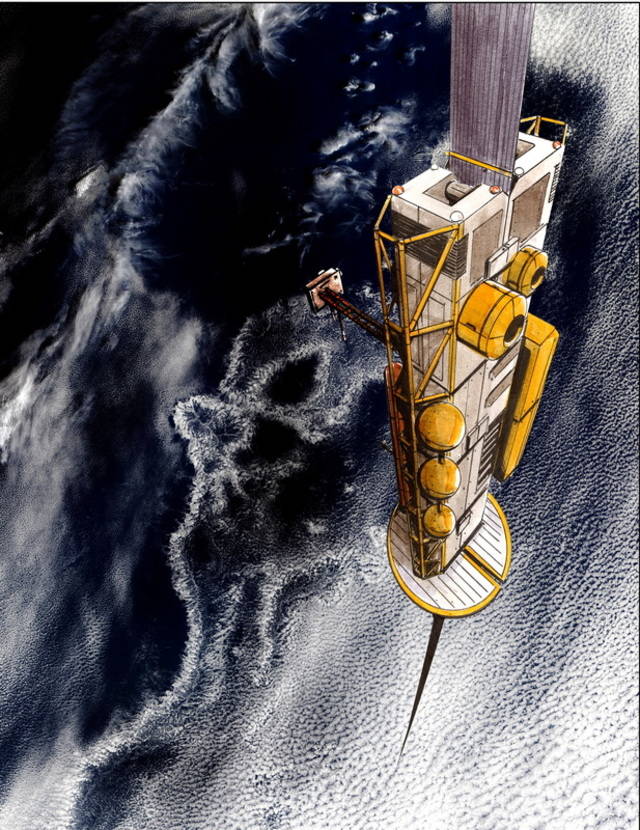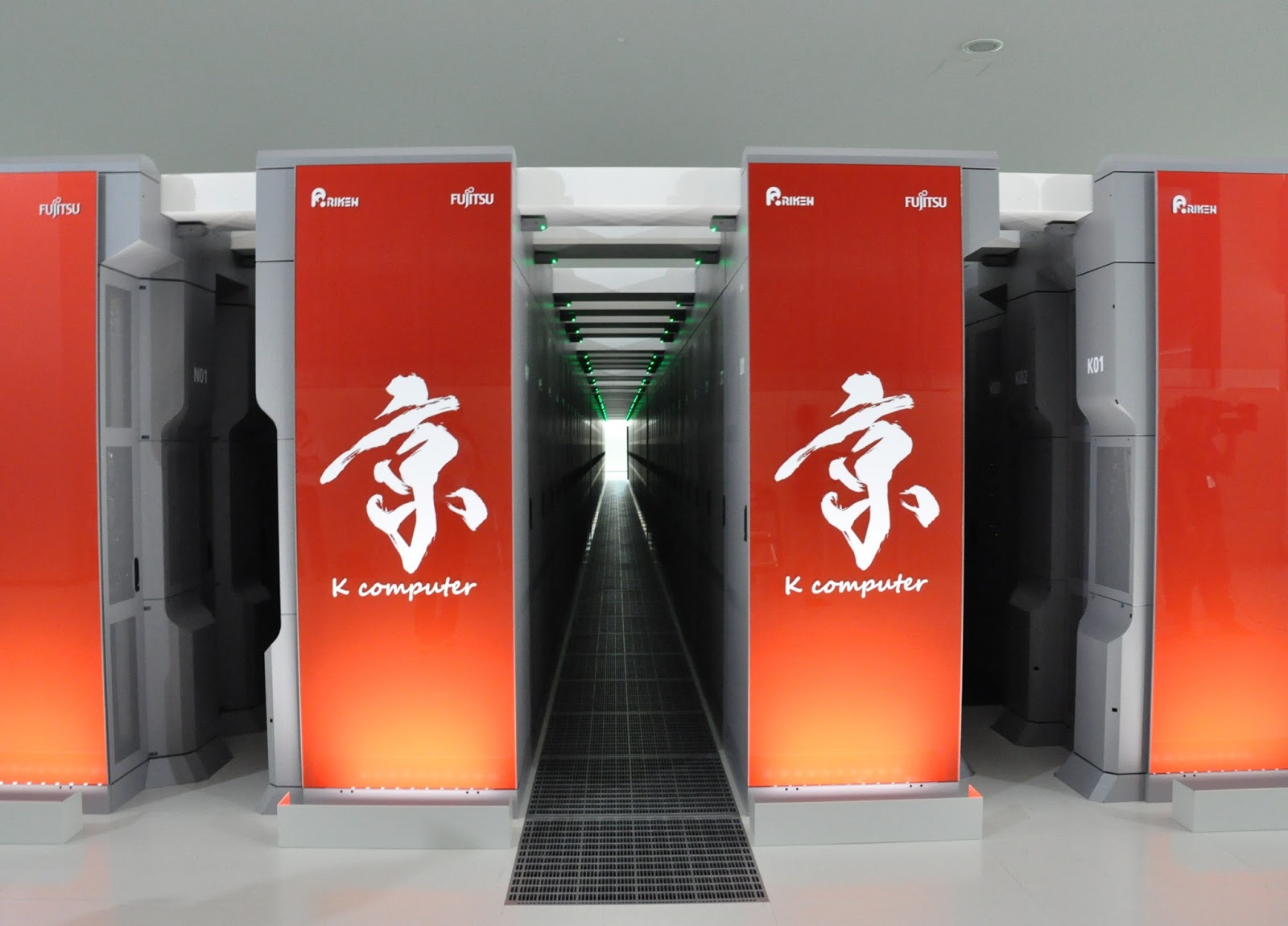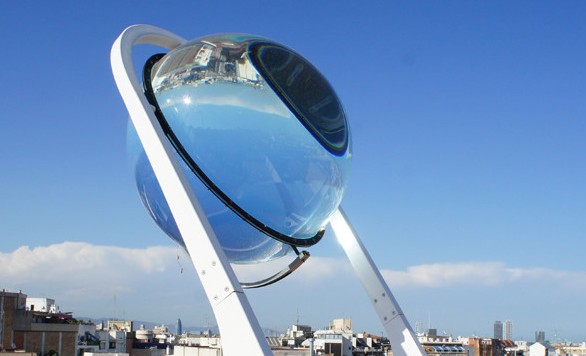The full extent of damage, death and destruction brought by Typhoon Haiyan still hasn’t been revealed, showing us once more the fragility of the world we live in, and how the power of nature has some disastrous consequences, without us having too much to do about it aside from preparing better for when a tropical storm strikes.
As with every year, when a big storm hits, the same questions come up – what are the differences between the storms around the world? When do they usually hit, and who gives them their names?
All are pretty much the same thing, only called something different depending on their global location: A tropical storm in the Atlantic, Caribbean Sea, central and northeast Pacific is a Hurricane. In the Bay of Bengal and the Arabia Sea, they are called cyclones. The Northwest Pacific is Typhoons. In the Southwestern Pacific and the Indian Ocean they’re called tropical cyclones.
A tropical storm is anything stronger than 39 mph (63 kph). Once it reaches 74 mph (119 kph), it becomes a Hurricane, Cyclone and a Typhoon, with 5 different strength levels, the highest being 5, when the speeds reach 155 mph (249 kph).
There are different seasons for each type storm: The Atlantic and central Pacific hurricane seasons are June 1 through Nov. 30, while in the Eastern Pacific it’s between May 15 to Nov. 30. The cyclone season in the south Pacific and Australia runs from November to April.The Bay of Bengal has two seasons: April to June and September to November.
The area most likely to be hit with a tropical storm is the Northwest Pacific, where Typhoon Haiyan has just hit. There are usually 27 named storms each year, but Haiyan was the 28th this year and we’ve already had a 29th. In comparison, there are 11 named storms on average in the Atlantic.
Names are decided by by the World Meteorological Organization, who also organize and pay attention to the lists. The Philippines has its own naming system, so Typhoon Haiyan is also called Yolanda.











